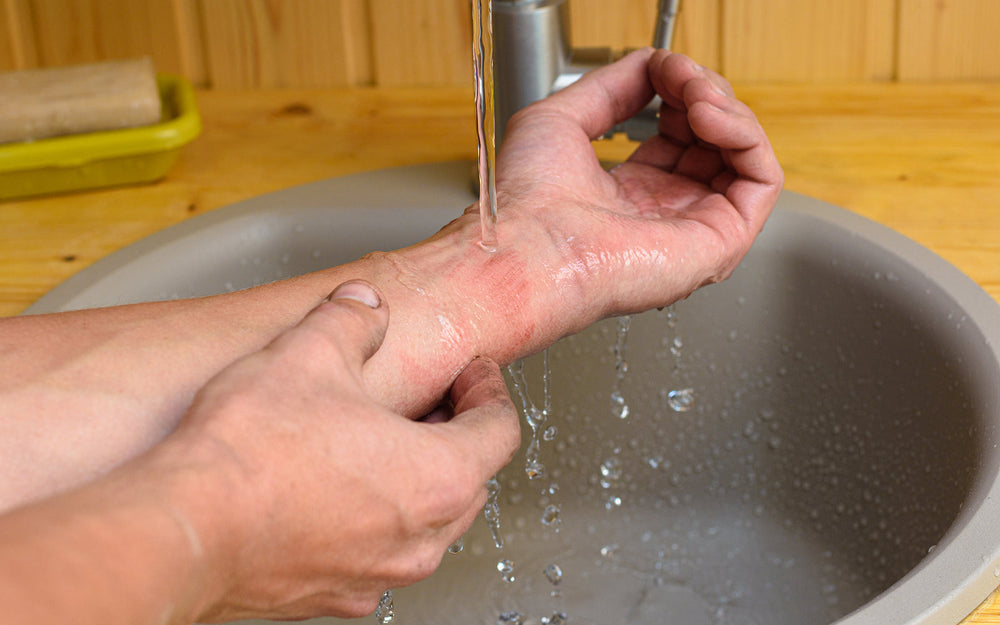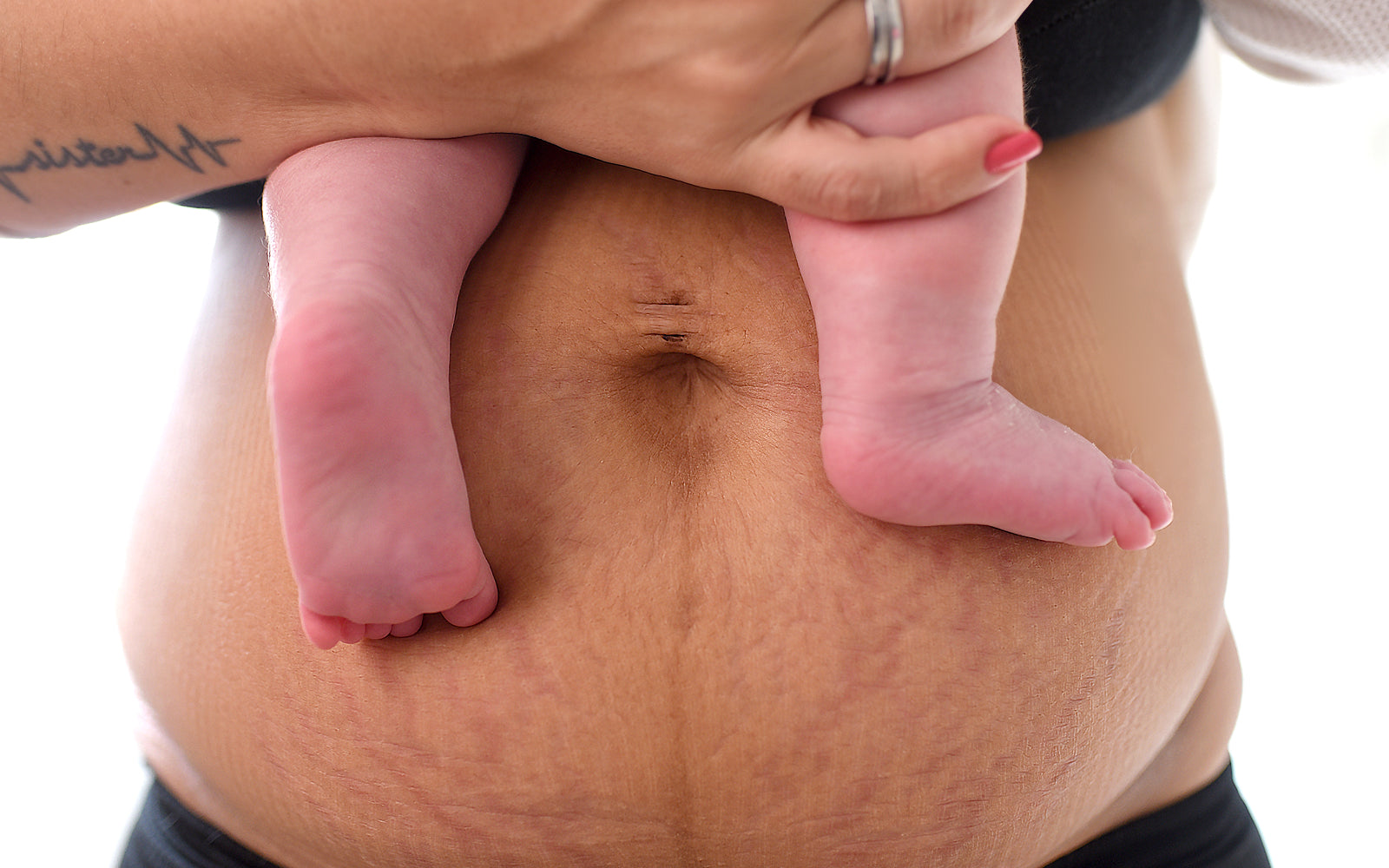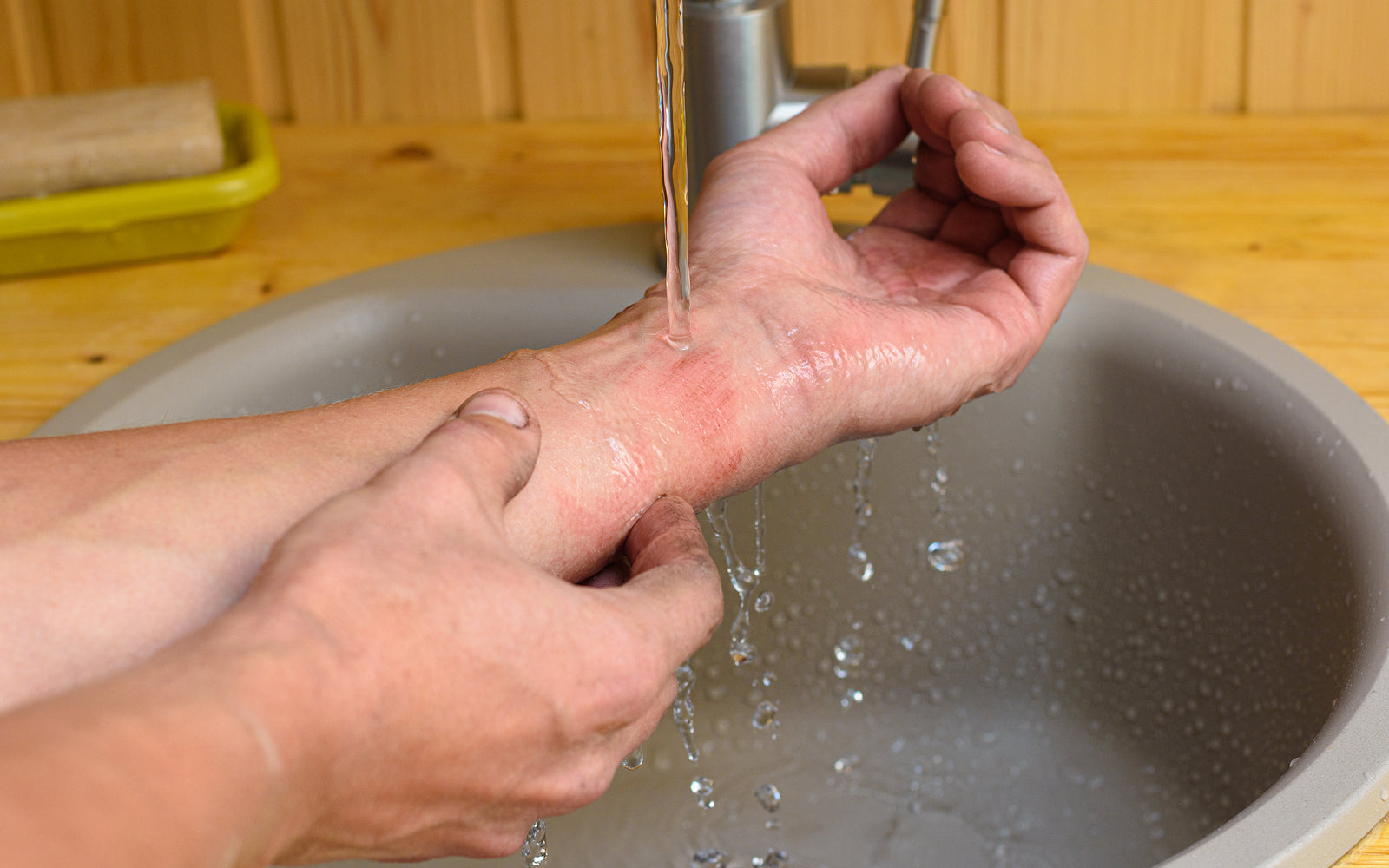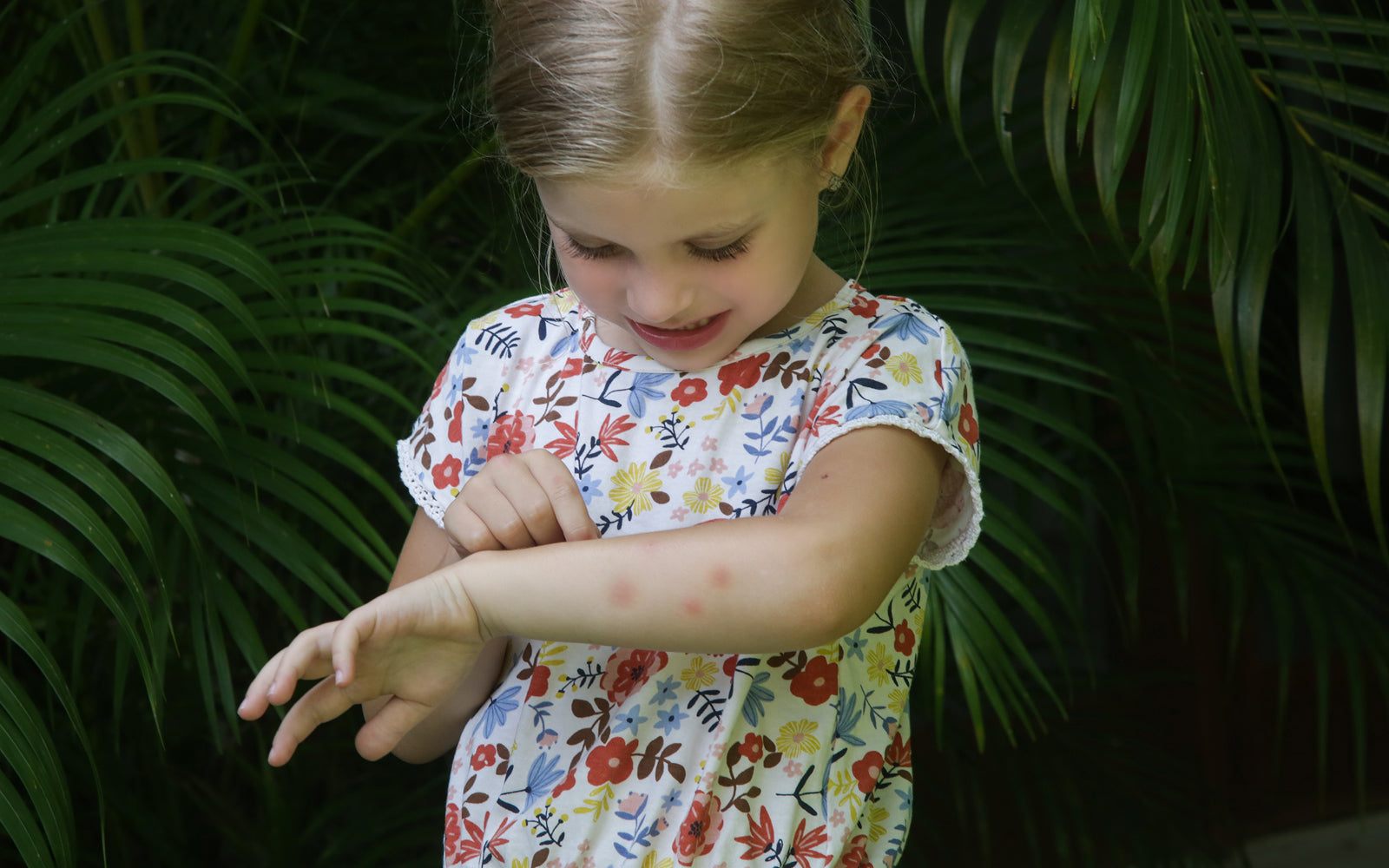
Hot Tips to Avoid Sick Burns
As much as we like to keep things lighthearted, burns are no joke—even minor ones. Understanding burns, how to prevent and treat them, and when to seek medical care can help put your mind at ease.
How to Prevent Burns at Home
Accidents happen, but understanding how most burns happen in the home can help you better prevent them. To prevent scalds and minor burns in children and adults, take the following steps:
-
Set your water heater temperature just below medium or no higher than 120 degrees Fahrenheit to help prevent hot water burns.
-
Never leave children in the bath unattended, and always test the water before letting them get into the bath or shower.
-
Keep children out of the kitchen or away from the cooking area while cooking.
-
Place hot cooking dishes on the back burners of the stove, at the back of the countertop, or in the middle of the dining table with handles turned away from surface edges to prevent accidental touches and spills.
-
Keep oven mitts within reach for handling hot food dishes or drinks, and use lids on hot liquids and cooked food while moving.
-
Keep children away from candles, fireplaces, wood-burning stoves, and space heaters. Do not leave the room when these are in use.
-
Turn off all hot appliances (toaster, curling iron, clothes iron, etc.) when finished using them. Ensure they are out of children’s reach, and keep their electrical cords from dangling off countertops.
-
Keep matches, lighters and fireworks out of children’s reach.
How to Prevent Burns While Camping
Camping with the family can be quite the adventure! With the right first-aid supplies and an eye toward safety, you can be prepared for almost anything.
Fire is the cornerstone of overnight camping—eating s’mores, telling stories, cooking meals and staying warm all happen around the campfire. But accidents can happen too, so keep these things in mind when family or friends are gathered around a fire:
-
Avoid building a fire in windy conditions or when a fire warning is present.
-
If your campsite doesn’t already have a designated fire pit, dig one on level ground that’s clear of grass, leaves, and any overhanging branches.
-
Surround the fire pit with rocks to contain the fire.
-
Keep a bucket of water or dirt nearby to throw on the fire to reduce flames if needed.
-
Position chairs several feet from the fire and, supervise children when roasting marshmallows or cooking food.
-
Keep blankets, sweaters, and other flammable items away from the fire.
-
Teach kids to stop, drop and roll on the ground if any of their clothing catches fire.
-
Use caution moving cooking pots or pans from the fire, especially if they contain hot liquid.
-
Use potholders and lids to carry hot pots and pans away.
-
If you use a small stove instead of a fire, make sure it’s set up on a stable surface.
-
Keep a fire extinguisher nearby but store it at a safe distance from the fire to prevent overheating or damage.
For a list of camping first aid kit essentials, check out our article, “Tips for Your First Campout with the Kids.”
How to Treat Minor Burns & When to Seek Care
When referring to minor burns, we’re mostly talking about first-degree burns, though some second-degree burns can be considered minor as well. Here’s how to identify what type of burn you have:
-
First-degree burns – Only the outer layer of skin is affected. The burn appears red and painful, but dry with no blisters. Mild-to-moderate sunburn and scalding (burns caused by hot water or steam) fall in this category.
-
Second-degree burns – Also referred to as “partial thickness burns,” these burns affect the outer layer of skin and the next inner layer (the dermis). The burn may appear red to dark brown, is shiny and moist, and often forms blisters or causes the skin to peel. Swelling and pain are also common.
-
Third-degree burns – These are full-thickness burns, meaning they burn through the top outer and inner layers (epidermis and dermis) and may also damage muscles, tendons or bones underneath. These burns need to be treated by medical professionals, so seek care immediately. The site may look white or charred black, and because nerve endings also get destroyed, you may not feel pain.
Keep in mind, you can have symptoms of more than one type of burn from the same incident. If you experience severe pain or notice signs of a second degree-burn, look for indications of third-degree damage and seek care immediately if necessary.
How to treat minor burns at home or when outdoors
Don’t be fooled by the terms “minor” or “first-degree,” these burns can still be very painful and you may notice swelling. They often don’t feel minor at all.
Recommendations on how to treat minor burns and scalds include:
-
Remove anything that covers or constructs the area of the burn. This includes clothing, rings or other jewelry, wraps or compression sleeves and other items.
-
Cool the burn. Immediately cool the burn using running tap water- avoid using ice. Alternatively, apply a cool wet compress gently (again, no ice). Cool the burn for about 10 minutes or until the pain eases.
-
Apply a soothing lotion, cream or spray two to three times daily. Once the burn is cool, you can apply petroleum jelly, an aloe vera based moisturizer, or a first-aid burn spray to protect and soothe the burn area. This also helps prevent the burn area from drying out. Despite what some people may say, do not apply butter, toothpaste or antibiotic ointments to the burn. Doing so can promote infection and slow healing.
-
Keep the burn loosely covered. It’s important to keep the burn covered with sterile gauze to prevent infection. Wrap it loosely so you don’t put pressure on the burn area. Let blisters heal on their own—do not pop them.
-
Relieve the pain. If the pain from the burn lingers, consider taking over-the-counter pain medication to relieve pain and minor swelling. No-touch pain relief sprays such as our Pain, Burn, and Itch spray or Dermoplast® Kids Sting-Free First-Aid Spray are also an option.
-
Protect the area from the sun. As the burn heals, there may still be redness and sensitivity as the skin heals and renews itself. Protect this area from the sun when outside by staying in the shade, or wearing protective clothing. If you can’t stay out of the sun, wear protective clothing or apply a broad-spectrum, water-resistant sunscreen rated SPF 30 or higher when outdoors.
Keeping Wound Wipes with you when you are camping or away from home can help clean the burn area and relieve pain. Just be gentle when wiping or dabbing so as not to further damage any affected skin.
If the burn is more than minor, or if the first-degree burn covers a large area, or is on an infant or elderly person, seek medical care as soon as possible.
For second-degree and third-degree burns, call 911 immediately for care instructions. Taking some of the steps above for these more serious burns may cause greater harm. However, with all burns, if you’re not sure what to do, you can cover them very loosely with sterile gauze to help keep any dirt out until a medical professional is on-site.


